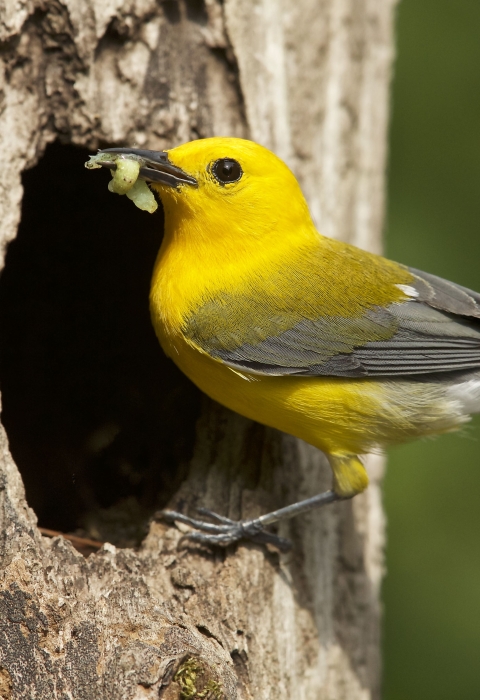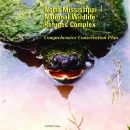What We Do
Moist Soil Management
Moist soil management provides a combination of food and cover resources for a variety of wildlife, including waterfowl, wading birds and shorebirds. This requires a variety of structure structure
Something temporarily or permanently constructed, built, or placed; and constructed of natural or manufactured parts including, but not limited to, a building, shed, cabin, porch, bridge, walkway, stair steps, sign, landing, platform, dock, rack, fence, telecommunication device, antennae, fish cleaning table, satellite dish/mount, or well head.
Learn more about structure , water depths and seasonal water availability. The refuge biologist carefully plans the management of each unit, deciding when units should be drained and flooded and whether disking or mowing is needed to make the vegetation more favorable for wildlife. Other units may remain flooded throughout the year to provide habitat for breeding wood ducks and other resident wildlife, as well as reduce woody plant encroachment into the ponds.
Invasive Species Management
Invasive species can be native or exotic, but both are characterized by aggressively colonizing areas and forming monocultures (plant communities dominated by one species). The negative impacts of invasive species invasive species
An invasive species is any plant or animal that has spread or been introduced into a new area where they are, or could, cause harm to the environment, economy, or human, animal, or plant health. Their unwelcome presence can destroy ecosystems and cost millions of dollars.
Learn more about invasive species are as numerous and diverse as the variety of invasive species themselves. At Dahomey National Wildlife Refuge, staff not only remove invasives, they also prevent their introduction and spread. Unfortunately, many invasive species have been established so long and are so widespread (like fire ants), that their complete removal is impossible. For those species, selective control is used by targeting areas that are most important for wildlife and habitat management.
Reforestation
Dahomey National Wildlife Refuge and the surrounding landscape was historically a vast bottomland hardwood forest. Today, most of these lands have been deforested and planted in agricultural crops. As the refuge acquires agricultural land, it is retired from crop production and replanted in native hardwood tree species, including a variety of oaks, hickories and ash. Reforesting these areas is helping to connect remnant patches of forest and provide various successional stages and structure for wildlife habitat.
Trapping Occurs on this Refuge
Trapping is a wildlife management tool used on some national wildlife refuges. Trapping may be used to protect endangered and threatened species or migratory birds or to control certain wildlife populations. The U.S. Fish and Wildlife Service also views trapping as a legitimate recreational and economic activity when there are harvestable surpluses of fur-bearing mammals. Outside of Alaska, refuges that permit trapping as a recreational use may require trappers to obtain a refuge special use permit. Signs are posted on refuges where trapping occurs. Contact the refuge manager for specific regulations.
Management and Conservation
Our Projects and Research
Researchers from colleges, universities, and other federal agencies conduct research and monitoring on a variety of plants and wildlife at Dahomey National Wildlife Refuge. Research topics have included invertebrates, red oak regeneration, and waterfowl.

